- Joined
- Jun 14, 2016
- Messages
- 263
- Reaction score
- 516
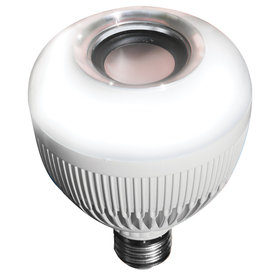
The progression of technology is fascinating. In just the time since I went from college to the working world, cell phones have evolved from bulky devices with monochrome screens, to full-fledged personal computers touting HD displays, impressive graphics CPUs and 4K cameras. The phone you carry in your hand, can within seconds be used to render virtual reality experiences. Homes connect to our phones and watches, meaning that major functions within the house (from back-up power, to heating and cooling and security) can be controlled from your wrist.
Even our aquariums come with us, with multiple devices on the market that notify aquarists of water chemistry changes, allowing full control over our tanks from anywhere in the world. Now that technology is making a leap forward, as Neptune has announced an entirely new and re-vamped version of the Apex controller. It’s no secret that the Apex is considered the most popular aquarium controller on the market, used by tens of thousands of aquarists. While looking at the updated Apex’s features, and comparing those to what aquarists demand for future generations, predictions can be made about forthcoming aquarium controllers, and ground breaking aquarium tech. How will controllers use data to make predictions about our tanks, or will controllers soon work entirely on their own, taking micro-management out of the aquarist’s hands? What systems could arise that give controllers a better ability to detect changes in water quality, and what devices could be implemented to allow for immediate response to pressing water chemistry concerns. Most importantly, will the future of controllers open the hobby up to more people, making redundant and mundane aquarium chores a thing of the past.
Looking at the new Apex:
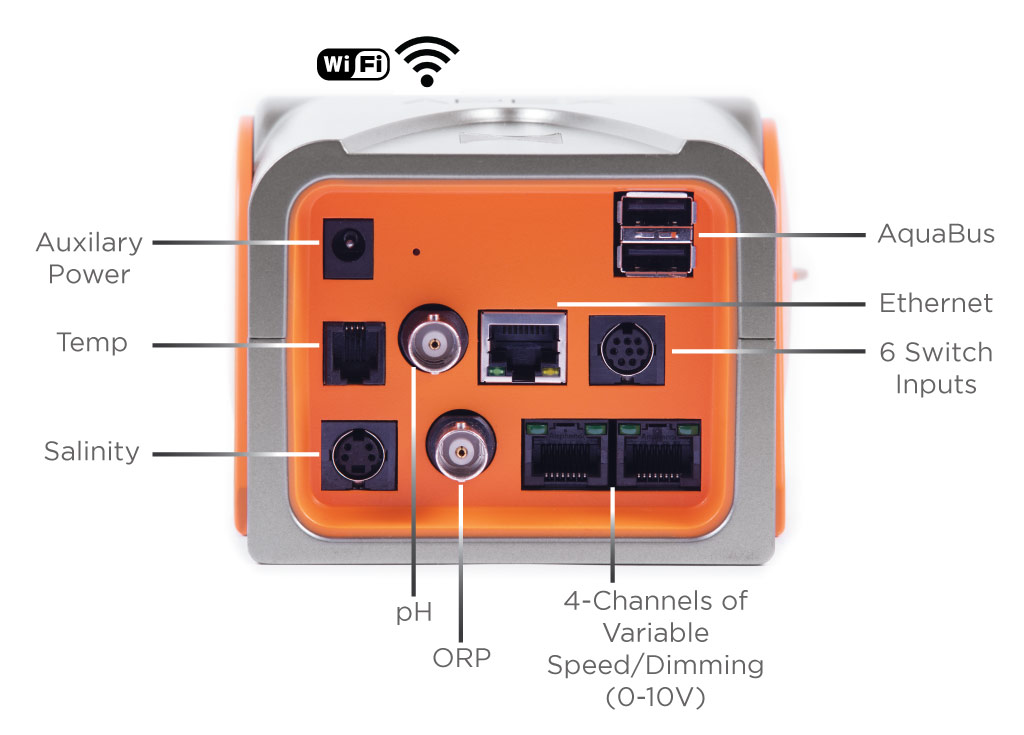
“We stay tightly integrated to our tens of thousands of control freaks, trying to give them what they want and also bringing them together to share ideas,” says Terrence Fugazzi of Neptune Systems.After watching Terrence lay out the new features of the upcoming device, it’s clear that Neptune has looked closely at their product and the technology platform it’s built on. One thing that becomes immediately clear, is that upcoming aquarium controllers aren’t only based around faster processors, better data collection or enhanced software features. Neptune seems to be placing a lot of resources into consolidating aquarium equipment, and aiding us to clean-up the rat’s nest of wires around our tanks. Any driver driven piece of equipment has two immediate physical downfalls. One, it needs a control box, which means a wire running from a box to the device it controls. Two, it needs a power supply, usually in the form of a power brick. The bricks are bulky and can be tough to secure outside of the tank’s splash zone.
It gets messy, and as Mike Kho (owner of Scales and Tails, a marine fish outlet in Maryland) said, “Often tank owners are both overwhelmed and put off, by the sheer number of wires running out of, and into the tank. Often, it takes someone with carpentry skills to construct a system that hides the wires, and creates a clean-looking power-station around the tank.” Add to the network of wires, bulky drivers for various equipment, and you have a nightmare for those of us who hate clutter. Like a scuba diver wrapped in gadgets and hoses, our tanks become enamored with equipment. If wires aren’t labeled, or hooked up to a controller’s power bar, just finding the cord that powers a certain piece of equipment can be a frustrating task, given wire’s tendency to become tangled. Even worse, wires become highways for salt creep, which in some instances can make its way back to a surge protector or wall outlet.
The new Apex seeks to solve that, by consolidating power and connectivity in one place. No longer will Apex accessories need a module and power supply. With the upcoming energy bar 832, power and connectivity can come from one place, so there is only one thin wire running in and out of the tank, for devices that use the 1-Link interface (both the WAV circulation pumps, and the DOS system). Neptune plans to release more devices that use the 1-Link interface, cleaning up the wire nest around our tanks even more. The new Apex features a flip out connector for all sorts of Apex accessories, which can be installed on a wall near the tank. When flipped up, the connectors are easily accessible, but when flipped down, they are protected from splashes or drips.
Wires don’t just exist for aquarium equipment, but for probes as well. Current controller technology often requires individual probes to be hooked into their own module. This means an additional module is installed on the wall around the tank’s power center, with a cord powering the module, along with a cord running into the tank with the probe. Considering the sheer number of probes a single tank can have, modules and wires can be sticking out everywhere around the tank. By consolidating connectivity for probes as well, modules and wires can further be reduced. The end result is dampening the wow factor associated with aquarium equipment, and helping clean up the rat’s nest of wires. It also allows the controller to grow and expand, while retaining a neat and accessible physical interface. Upcoming integrated controllers (such as FishBit) seek to put everything in one place, but they can never be upgraded with new features.
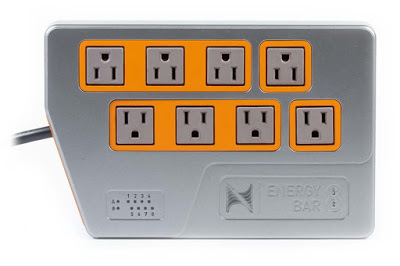
Power monitoring is a feature of the new Apex, that may unlock a host of practical uses for aquarists. Often, if something is wrong with aquarium equipment, it changes how it uses power. For example, if the venturi on your skimmer starts to clog, it will change the device’s power consumption. If your return pump stops working, it will not be using power at all. With live power monitoring, the new Apex can be set to recognize the baseline average power usage of a device, and alert the aquarist when the device goes outside the baseline. This can signal that the device needs maintenance, and allows the aquarist to decide if they want to continue running it or not. So while you’re at work, you can decide whether or not to run a protein skimmer, with a clogged up pump.
Wireless connectivity is ambiguous in the world of technology today. Everything from motorized window blinds, to light bulbs use a wi-fi connection to access the internet, the cloud and eventually provide the user with complete control, at home and away. Apex Fusion gave the Apex cloud compatibility, allowing aquarists to control their tanks using a simple web interface (Apex Fusion). The new Apex no longer requires a hardline connection, but maintains the capability to have one, in the event aquarists are looking for redundant, reliable performance. Terrence was clear to point out Neptune’s established name in the world of aquarium controllers, and the fact that Apex Fusion has already been around for quite some time. The world of cloud controlled devices concerns some, as several devices haven’t met market expectations, and been discontinued by the manufacturer. With Neptune’s established name and resources, it’s unlikely Apex Fusion is going anywhere.
For Neptune Systems and their flagship Apex, controller technology is about unlocking the best of both worlds. For aquarists who want to use Neptune’s integrated products, they will interface easily with the new technology, minimizing clutter and offering complete control. For aquarists who turn to third-party products, the Apex will have the software suite and hardware to meet those demands as well. The technology needs to be pliable, so that Neptune can listen to their fan base and make upgrades based on what aquarists need.
Down the road:
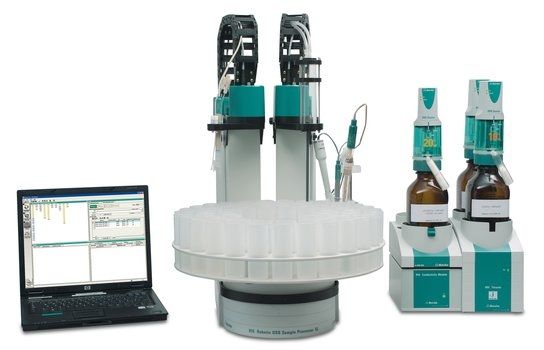
So it’s clear that upcoming controllers are more intuitive than ever, with a feature set that aids aquarists in determining the performance of their aquarium at any given time. More processing power allows for robust data collection, and detailed monitoring of power consumption. One of the main features aquarists have been looking for, is enhanced water chemistry monitoring. Not just the ability to test a single variable, but live monitoring that displays water chemistry values 24/7 and charts and graphs their fluctuation. Imagine having a live, accurate reading of your tank’s calcium, carbonate hardness and magnesium concentration, which changes as evaporation occurs, or additives are dosed. Right now, probes do exist that measure some of these variables, but they are often very expensive, require lots of calibration and aren’t easy to use. Probes designed for labs are suited for being calibrated, taking one measurement and often need calibrated again, before another measurement is taken.
Another option for consistent monitoring, is automatic titration and use of an automated photometer. Automatic titration is common in advanced labs, and automates the mixing of liquids and reagents for running water tests. After titration, the resulting liquid could be placed in a photometer which interprets the result, updating the data reading via controller software. While the technology exists to put something into practice, it boils down to price. The machines, pumps and software needed to do all of this, automatically, would be very expensive. Automatic liquid handlers, pipetting and titration alone is expensive, and compiling that with a software controlled photometer would likely be too expensive for even the most dedicated reef aquarists. Instead of spending under $ 1,000 on a monitor/controller, aquarists might be staring down a $3-5,000 or more cost.
Technology is being discussed which both simplifies automated water testing, and makes it more affordable. The technology proposed would be similar to water testing strips, common for hot tubs and pools. The strip system automatically spins, or is passed through the aquarium water, with a photometer like device recording any changes in color. Changes are then updated digitally in software, providing the aquarist with an easy to read measurement. The issue with this type of system is accuracy. Water test strips aren’t known to be overly-accurate, and are more useful for determining a chemical’s presence rather than making a detailed analysis. They work well for determining if something like chlorine is present in water, but may not be very useful in measuring specific amounts of various elements.
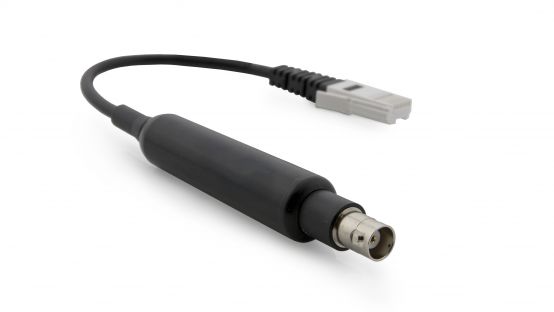
Nitrate is one parameter aquarists have long wished to have read and displayed using a probe and controller. Nitrate probes exist, and while they’re expensive, their cost could be justified. The problem with existing nitrate probes, is that they’re difficult to use and require constant calibration. The aquarist has to guess the water’s current concentration of nitrate, then calibrate the probe based on that guess. If your guess is off, the probe will simply report a nitrate content too high, or too low to read. These probes aren’t feasible to be left in the water and trusted to provide live readings of nitrate concentration. Often to make nitrate probes work, first a liquid test kit is used to determine a range of nitrates. The probe is then set within that range, calibrated and used for testing. In this scenario, aquarists are investing several hundred dollars on a probe, that simply verifies what a liquid test kit reports.
It’s my hope that as more everyday applications require water chemistry monitoring, the price of various technologies will drop. As more and more people enter the reef aquarium hobby, or want constant water analysis of drinking water, etc – manufacturers may find incentive to innovate, and combine existing technologies in a reasonably priced package. I think it’s safe to assume (if the hobby continues to grow) that sooner or later, controllers will have the ability to monitor a host of water parameters, and provide live readings of water chemistry and quality.
Making predictions:
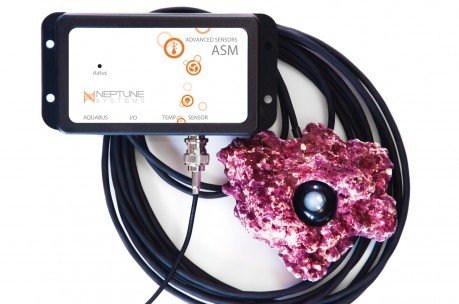
Not long ago, the thought of having a PAR (photosynthetic active radiation) meter for your aquarium was unrealistic. They were expensive, and provided data most couldn’t interpret. Now though, for a few hundred bucks, a PAR meter can be disguised in your tank and connected to your Apex controller. 24/7 it will provide constant updates of light fluctuations within your tank. It’s a useful tool when deciding where to place light hungry corals, or corals that need a shaded environment. Future features could pair this type of monitoring, with a controller specific light, which consistently monitors lights Kelvin rating and intensity. Software could be installed with information on growth rates of various coral species (specific to lighting), and information about the specific corals in individual tanks could be inputted.
Using a mix of PAR data, and data about the exact spectrum produced, the controller may be able to compare that to coral growth data, and make predictions about how fast corals will grow. Imagine selecting your lighting profile not based on some template of color or spectrum, but on how fast you want specific corals to grow. Advanced features could implement camera and aquarium renderings, to suggest coral locations and lighting profiles, to achieve specific growth patterns. Suddenly reef keeping becomes more focused toward artistic design, where technology does all the hard work and aquarists simply decide what they want to create.
Compile this with a future ability to monitor nutrient load and other parameters, and a controller may be able to process all this data, and create a specific profile of how a reef tank will grow. Detailed analysis of each coral within the aquarium could be compiled, showing that a coral currently 3 inches, will be 6 inches on a specific future date.
Taking your aquarium everywhere:
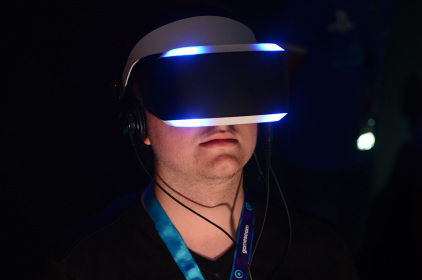
“Virtual reality is the next logical step for Facebook,” Mark Zuckerberg recently announced. In addition to being the founder of Facebook, Zuckerberg has brought the Occulus Rift to market. This is the virtual reality device of your dreams, and as an early adopter, I can confidently say that it’s mind blowing. Right now the rift and similar devices, require a powerhouse PC to use, but within several years, that will likely change.
Perhaps the biggest downfall to a reef aquarium, is that unlike a dog or cat, it cannot be taken out and shown to friends and family. For many reef keepers, their aquarium is their pride and joy, but it’s often only enjoyed by the aquarist, along with their immediate family. Years ago, I silicone sealed a glass pane into a 55-gallon aquarium, so that I could mount multiple webcams beneath the water. The design worked well, and I am still surprised mainstream tank manufacturers haven’t tried something similar. As it becomes easier to create underwater camera technology that doesn’t require a housing, soon it may be possible to install multiple HD or 4K cameras under the water, all throughout a reef tank. Small underwater cameras could be disguised as live rock, operated via re-chargeable battery and connect wireless to the internet.
Emerging VR technology, or 3D smartphone screens that don’t require glasses, could render those images, meaning you give anyone, anywhere, a 3D or VR tour of your tank. Upcoming VR software could make it possible to dive in your aquarium virtually. As VR devices evolve, it’s likely that one day instead of a bulky headset, a VR device won’t be much larger than a pair of sunglasses. Software has been proposed that will allow people to explore an environment by selecting a size. Say you want to shuffle around your living room at only four inches tall. Underwater camera/VR technology could be used to dive your aquarium, at a scant six inches in size, opening up an entirely new way to explore our home reefs.
<iframe width="560" height="315" src=""
Using a controller, cameras could be synced to various equipment throughout the tank, and if the controller senses a power disruption, an expanded view of that device’s camera could be displayed. Even from afar, an aquarist could determine precisely how a device is operating and whether or not it should continue to run, or be shut off. Future devices are likely to have self-diagnostics, and may even include features to automatically switch settings, to provide acceptable performance, even when something is wrong. Considering that Neptune will soon be releasing their own Apex ready return pump, it may be possible for an aquarist to install two returns, one primary and one back-up, with the controller programmed to automatically switch to the back-up return, should the primary fail while no-one is home.
The near future:
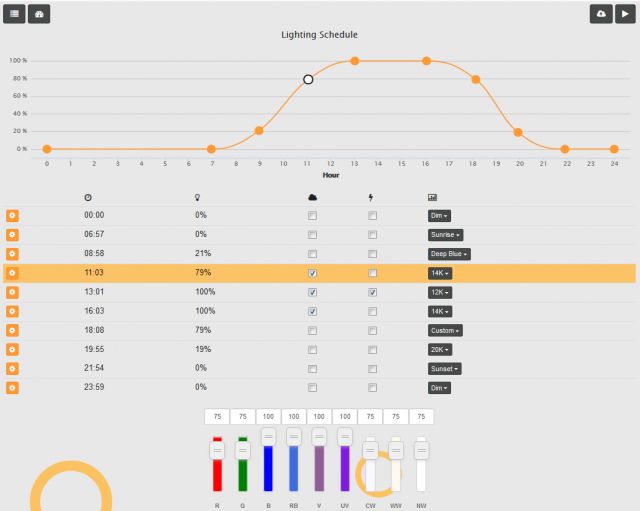
While VR dives in our aquarium, and a full suite of water chemistry monitoring may not be right around the bend, controllers are likely to become more ubiquitous throughout the hobby. Wireless technology allows aquarists with a router nowhere near their tank, to enjoy the advanced features of aquarium controllers. Neptune has decades of experience catering to the needs of reef aquarists, and I know my Apex has personally saved my tank from potential disasters. Live power management and cleaner organization are just the beginning for the next generation controller, and it’s likely aquarists will discover a host of new uses for the upcoming technology. Controllers will continue to refine our ability to maintain stable reef tanks, while protecting them from common equipment failures.
Last edited by a moderator:
















